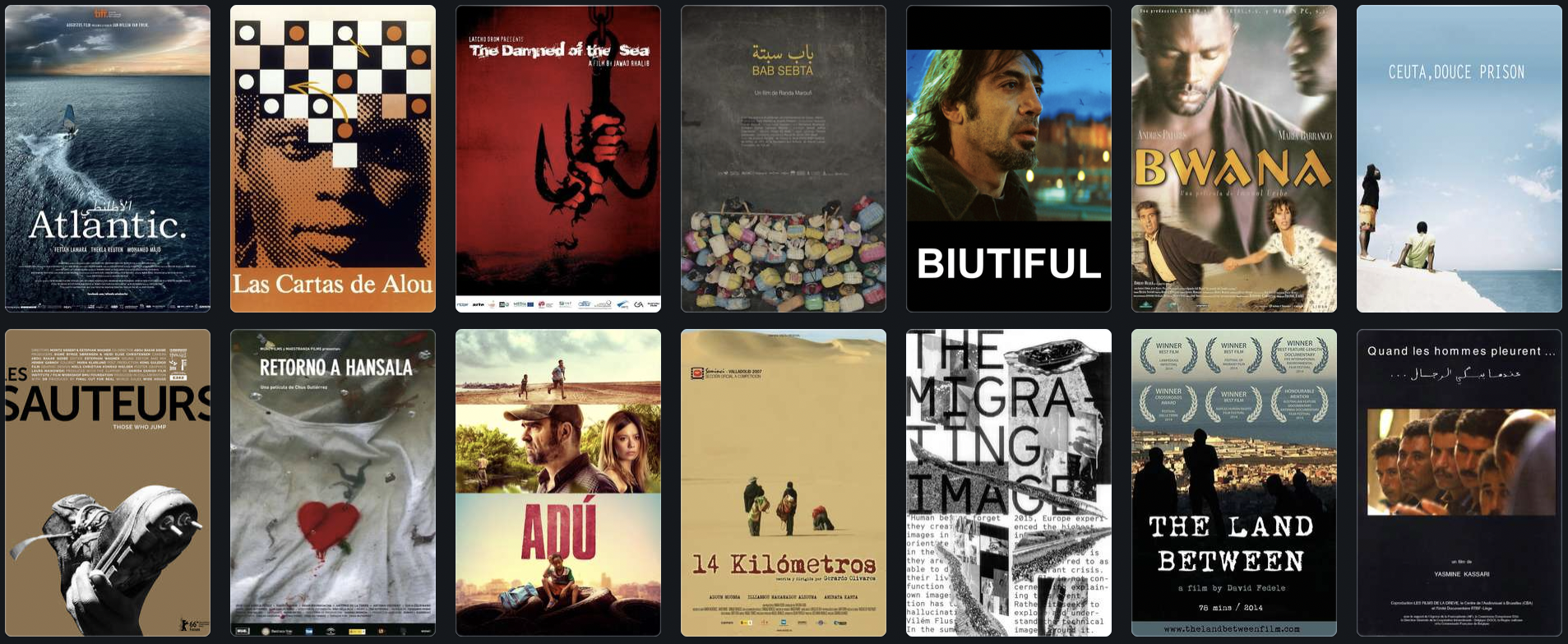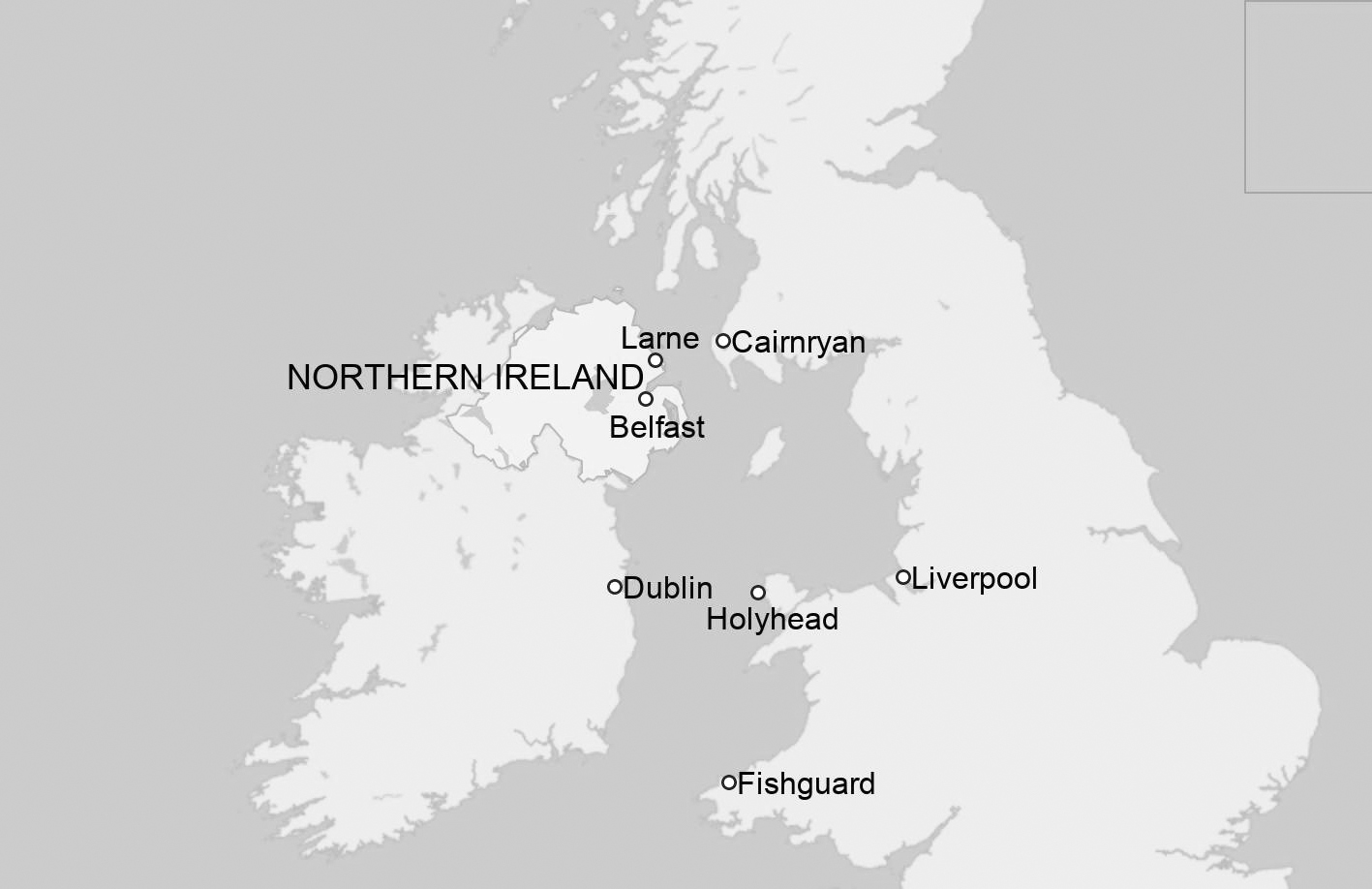Spain-Morocco Border

Border Diaries (Irene Gutiérrez, 2013)
While the representation in mainstream media of the fences of Ceuta and Melilla mostly responds to what has been called the “border spectacle”, we know that there is ongoing research about the cinematic representations of Ceuta and Melilla that goes beyond the dual portraying of the migrants as victims/threats. However, the two cities as a narrative site of political, spatial and racial struggles have needed research, especially on the audiovisual footage made by the people who are on the move (in)to Europe. Coming from transborder citizens, asylum seekers, irregular migrants or local citizens, these self-representations act as counter-cartographies of border crossings that crystallize complex narratives on attachment, identity and belonging. The spatial-temporal deep analysis generated by putting them in dialogue with the propaganda magazine of Francoism NODO 850: Landscapes of Ceuta (1961), more recent documentaries such as Ceuta, Prison by the Sea (2012) or Those Who Jump (2017), and fiction films such as Return to Hansala (2009) or Adú (2020), can shed some light on how the fortified border might have been there even before the fence was raised.
The Films
Click the thumbnail below for a detailed look at this case study’s preliminary film selection. Please note that this list is under construction and may be subjected to changes in the near future. If you are a filmmaker working around the Moroccan-Spanish border and the Ceuta and Melilla enclaves, or have suggestions to further complete this list, please get in contact with Lennart.Soberon@vub.be.
![]()
Click here to find out more about the other two case studies:
While the representation in mainstream media of the fences of Ceuta and Melilla mostly responds to what has been called the “border spectacle”, we know that there is ongoing research about the cinematic representations of Ceuta and Melilla that goes beyond the dual portraying of the migrants as victims/threats. However, the two cities as a narrative site of political, spatial and racial struggles have needed research, especially on the audiovisual footage made by the people who are on the move (in)to Europe. Coming from transborder citizens, asylum seekers, irregular migrants or local citizens, these self-representations act as counter-cartographies of border crossings that crystallize complex narratives on attachment, identity and belonging. The spatial-temporal deep analysis generated by putting them in dialogue with the propaganda magazine of Francoism NODO 850: Landscapes of Ceuta (1961), more recent documentaries such as Ceuta, Prison by the Sea (2012) or Those Who Jump (2017), and fiction films such as Return to Hansala (2009) or Adú (2020), can shed some light on how the fortified border might have been there even before the fence was raised.
The Films
Click the thumbnail below for a detailed look at this case study’s preliminary film selection. Please note that this list is under construction and may be subjected to changes in the near future. If you are a filmmaker working around the Moroccan-Spanish border and the Ceuta and Melilla enclaves, or have suggestions to further complete this list, please get in contact with Lennart.Soberon@vub.be.

Click here to find out more about the other two case studies:



